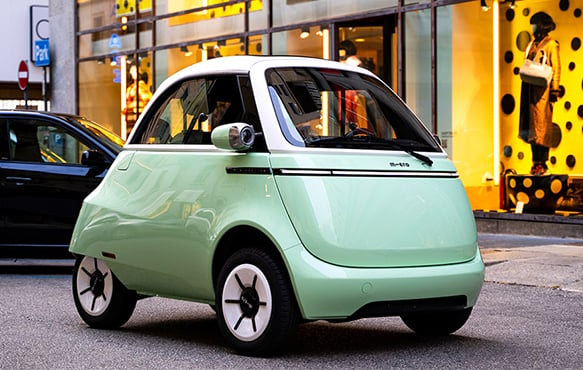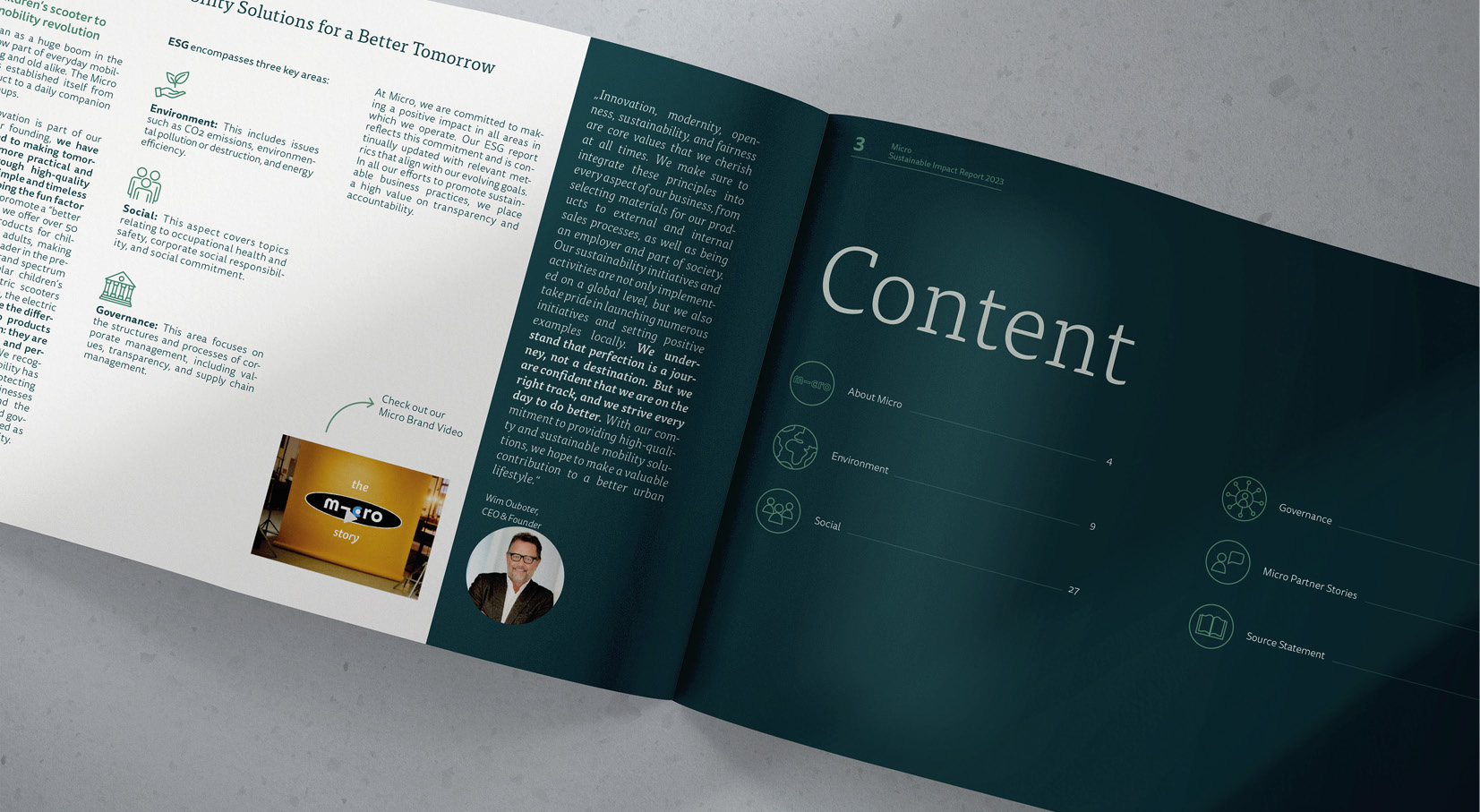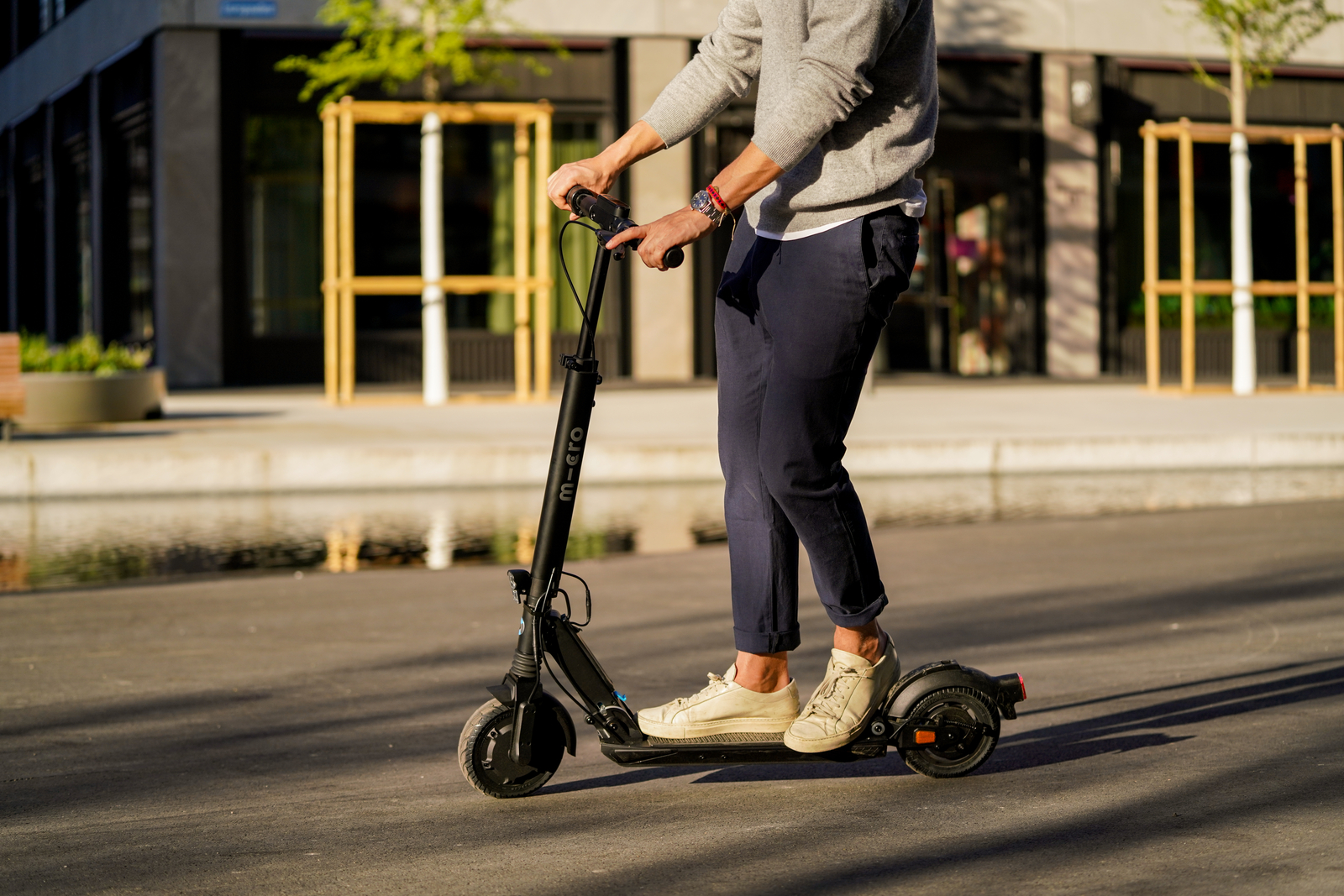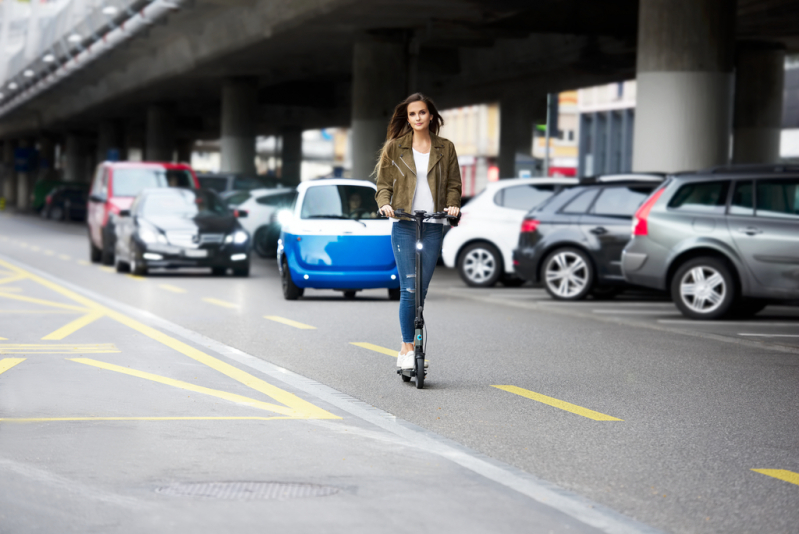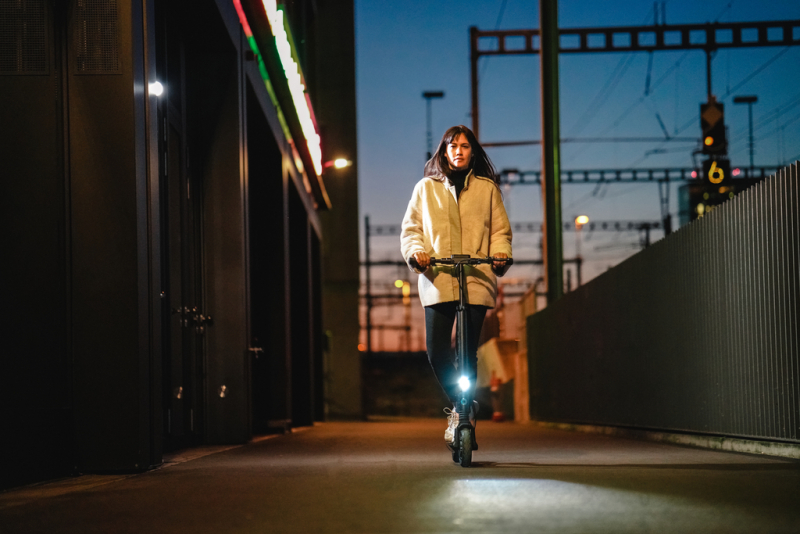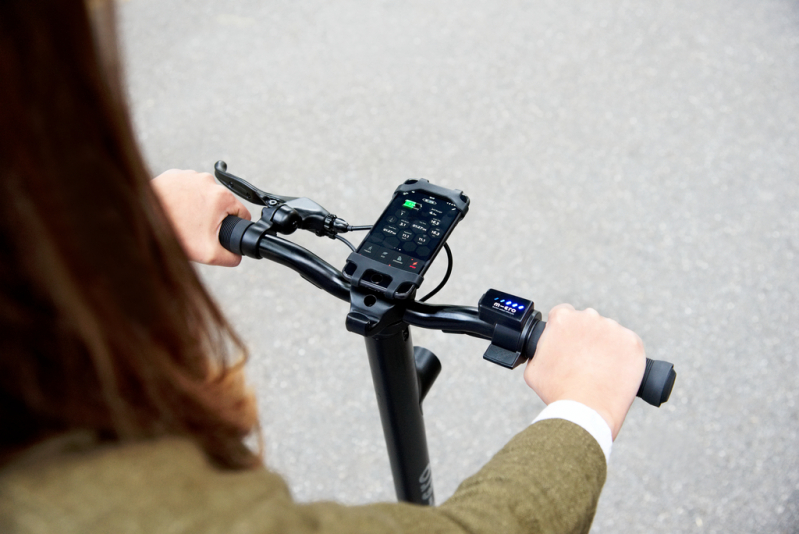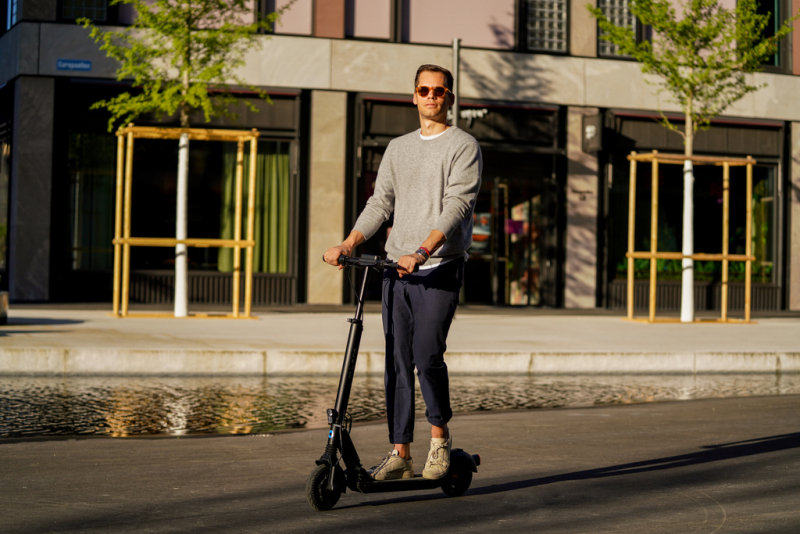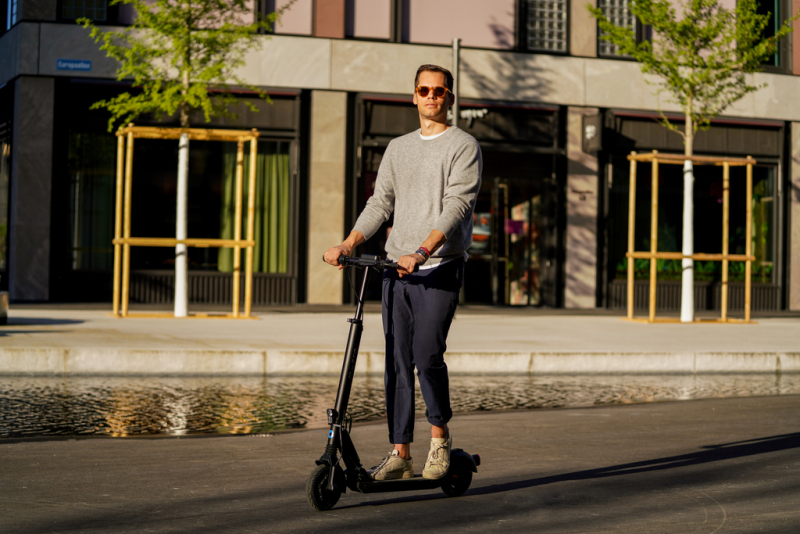When discussing the top mobility trends nowadays, one will inevitably hear about autonomous driving, electric or hydrogen cars, sharing and micromobility. While one can disagree about some trends, micro mobility has earned its rightful place in that list. Micro mobility’s main driver was e-scooters and that was clearly visible in the sharing sector where e-scooters replaced bicycles almost overnight. But how could this product category become so dominant in the market when just four years ago e-scooters were not known or often confused with electric motorcycles?
- Micro X30 Midnight
- Micro X30 Ice
- Micro X11 Midnight
- Micro X11 Ice
- Micro Explorer II
- Micro Merlin II
- Micro Explorer S
- Micro Condor II
- Micro Colibri
- Micro Sparrow XL
1. E-scooters are the most efficient means of transport
E-scooters are in many ways more efficient than cars, bikes or even your own feet. Here is a small example to prove it: With just one kilowatt hour of energy, a gasoline car could make three laps around a football field, whereas an electric car would cover 17 full rounds. Not too bad, right? Well, with the same amount of energy an e-scooter would take you a whopping 333 laps around a football field – and all of that for a fraction of the price a normal or electric car would cost. In fact, e-scooters are so efficient, a human would use about nine times as much energy walking and about four times as much cycling the same distance. Not convinced yet? Then let us continue.
2. E-scooters complement public transport
Compared to bikes, e-scooters can be folded and used in combination with trains and buses.This makes them the ideal mobility solution for the so-called last-mile problem, a gap in the mobility network that is difficult for public transport providers to cover. Trains and buses just can’t halt right in front of every doorstep, so a passenger needs to get to their stops first. While often it is too far to walk, with an e-scooter you can easily get to the station and on top save some precious time in the morning.
3. E-scooters are theft-proof
Wait, what? Yes, you heard right: Scooters are in many ways superior to bikes as they are lighter, more portable and can be taken inside where they are safe from thieves. This fear of theft, according to the CEO of Brompton, the leading brand in folding bikes, is the reason why e-bike sales haven’t picked up as much in city regions compared to rural areas.
4. E-scooters are incredibly fun to ride
There is another advantage of e-scooters that is often overlooked: they are fun! No matter what age, people are fascinated the first moment they step on an e-scooter. It is not only the speed and acceleration that is thrilling, but there is also an unexpected «Wow!» effect that people probably experienced when they first drove a car. Having grown up knowing normal kick scooters, driving an e-scooter is a revelation and makes them feel young again. It’s no surprise that sharing companies such as Lime and Bird decided to focus on e-scooters instead of bikes. They are more practical to use and made for those distances which are too far to walk but too close to take the public transport. The statistics prove that with an average distance of around 2.5 km per ride, e-scooters are currently filling this mobility gap in cities.
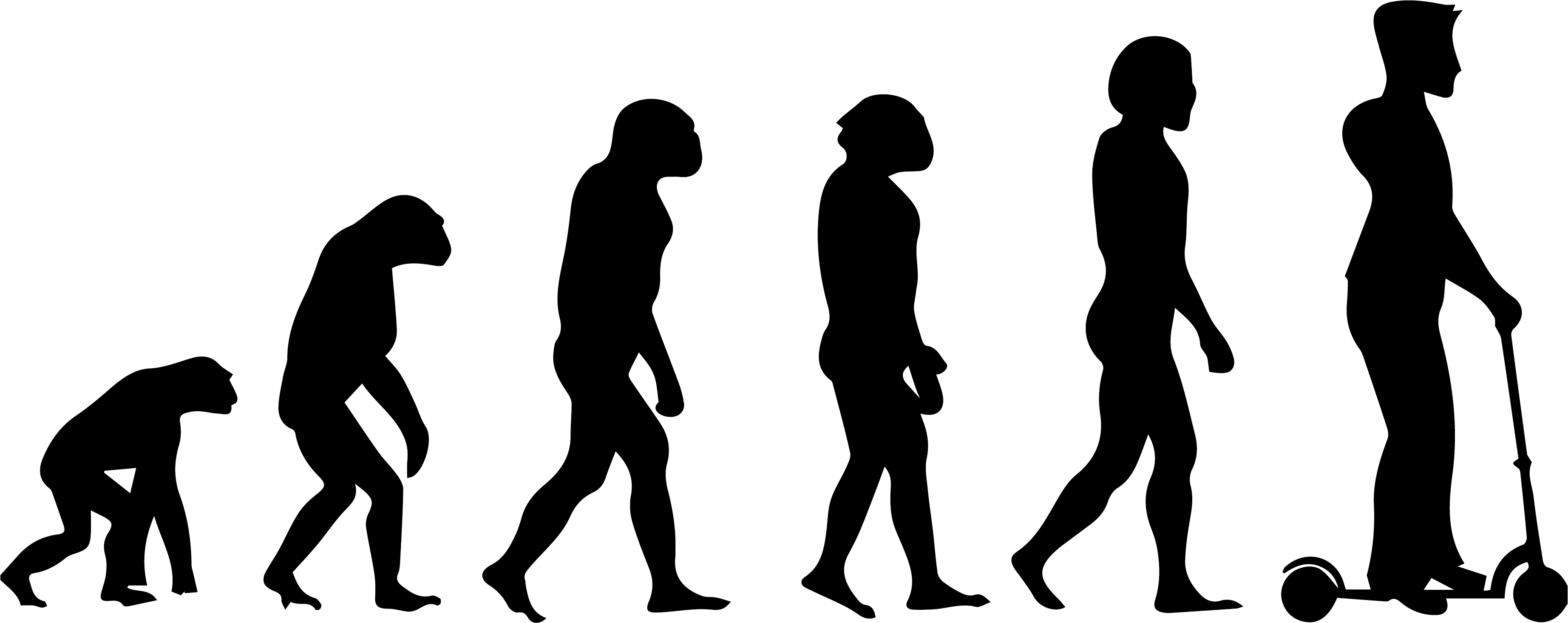
What can we expect from e-scooters in the future?
Having originally gained renown as a sharing device, e-scooters are not bound to the success of their sharing platforms. Sharing was merely the catalyst for e-scooters to spread around the world and gain acceptance as a mode of transport. Their users are starting to realize that sharing is expensive and owning one makes more economic sense. From a more general perspective, e-scooters will increasingly become an alternative for bikes and e-bikes as they are the cheapest electric mode of transport and more easy and practical in their usage. Who knows we may one day teach our kids to ride an e-scooter instead of a bicycle.


